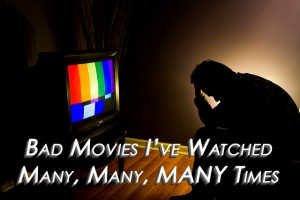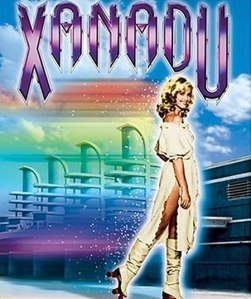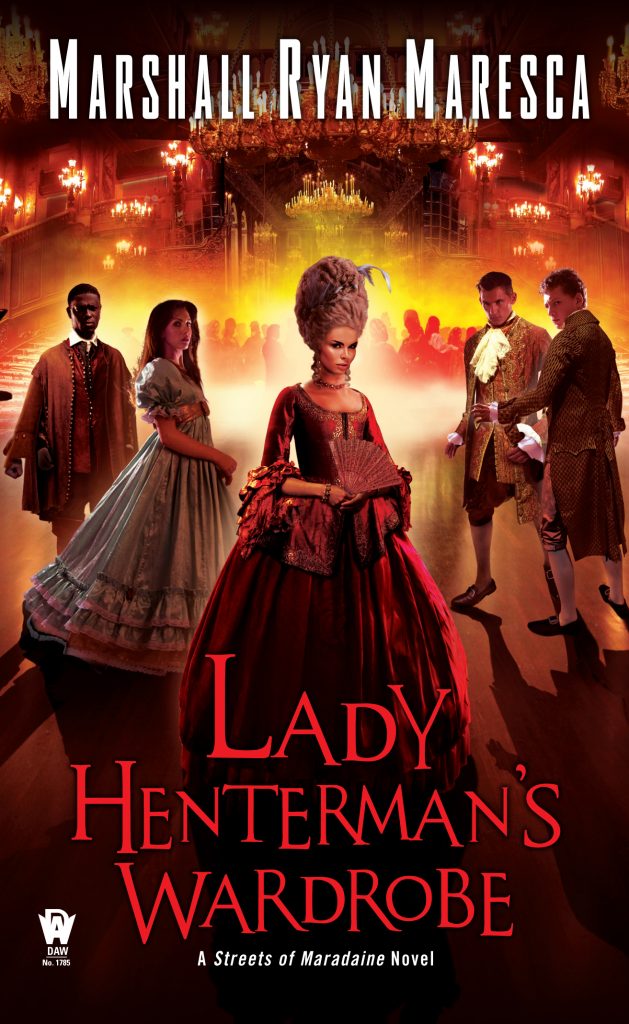
So in my teenage years, I was a fan of The Doctor Demento Show, where he’d play a whole slew of novelty songs, and it was there that I first became familiar with Julie Brown. She was most known for her song “The Homecoming Queen’s Got A Gun”, which was about… well, it’s right there in the title. There isn't much more to say about it. While she had quite a few songs that were in regular rotation on Doctor Demento, that was far and away the most popular.
Diving deeper into the Julie Brown canon, there was a ditty called “Earth Girls Are Easy”, in which Julie sings about get seduced by a horny alien. I liked the song, but it was pretty damn obscure-- even by "Songs by A Novelty Act On Doctor Demento" standards-- so it was quite surprising to see that Julie Brown was producing a movie of the same name. At this point, Julie's visibility was
slightly bigger, that she was a personality on MTV (but not to be confused with Downtown Julie Brown), but she was still a novelty-act comedian. Getting a major motion picture at all was a coup, especially starring two of Hollywoods biggest upcoming stars. I mean, for modern context, imagine if Rachel Bloom had, instead of making
Crazy Ex-Girlfriend, gotten a deal for a full-length feature version of "Fuck Me, Ray Bradbury" AND gotten Emma Stone and Ryan Gosling to play the leads. That's kind of what we're talking about here.

I mean, if the movie is remembered for anything, it's for being the follow-up for then husband-and-wife team Geena Davis and Jeff Goldblum, who were super hot and marketable after
The Fly. Needless to say, for them to cash in that capital working on what would never be more than a cult movie—after all, a musical alien-sex-comedy wasn’t exactly going to be the sleeper feel-good hit of the year— was definitely a strange choice.
This means that Julie plays second banana in her own movie, casting herself as the best friend to Geena. Geena plays a hairdresser with severe romantic problems, despite the fact that she looks like, well, Geena Davis. He attempts to surprise seduce her fiancé Doctor Love (played by the late Charles Rockett) reveals that he’s been cheating on her with his nurses. So she kicks him out of the house and electrocutes his fish, while lip-synching a ballad that is clearly, clearly
not Geena Davis singing.

The movie IS a musical, but most of the musical duty is provided by Julie Brown herself. The biggest indulgence along those lines is a completely extraneous number of “Because I’m A Blonde”—another one of her hits on the Doctor Demento Show-- in which Julie performs in blonde wig. Here she's playing someone who has absolutely nothing to do with her regular character in the movie. The whole scene has nothing to do with the rest of the movie. Seriously, saying it comes out of left field is an insult to scenes that
legitimately come out of left field. One of the other characters randomly mentions there's a beauty contest on the beach, we cut to this musical number, and then the movie comes back to the plot.
Plot?

Oh, right.
So while Geena Davis is bemoaning her romantic woes, three furry aliens are surveying Earth in their spaceship. And by “surveying”, I mean spying on Geena sunbathing in her bikini. This causes them to crash their spaceship in her pool.
(There is a small bit of business involving shrinking and growing when entering and exiting the ship, probably because they wanted to commit to the idea of crashing an alien spaceship in a pool, and had to justify it being that small.)

Anyhow, after some wackiness and miscommunication, Geena makes friends with the aliens, and then takes them to her hair salon (the “Curl Up and Dye”) to make-over them to Earth acceptable. Shaving and dying the aliens turns them into Goldblum and pre-fame Jim Carrey and Damon Wayans.
The rest of the plot is largely negligible, as the aliens party on Earth, hook up with girls, and Geena and Jeff fall in love. Doctor Love tries to get Geena back, and starts some sort of fight with the aliens. It’s neither memorable or relevant. The point is at the aliens have to leave Earth, and Geena goes with them, because why not?
Really, plot isn’t the point.
The point is Julie Brown got to milk her fifteen minutes and make her movie with sexy aliens and goofy songs and a future Oscar winner, and it got released on the big screen. For a performer who was entirely a novelty act, that’s pretty much a big check in the W column.
And, yeah, I’m probably being kinder to this movie than it deserves, but it’s got no illusions about what it is. I can respect that.

 BLISS.
BLISS.










